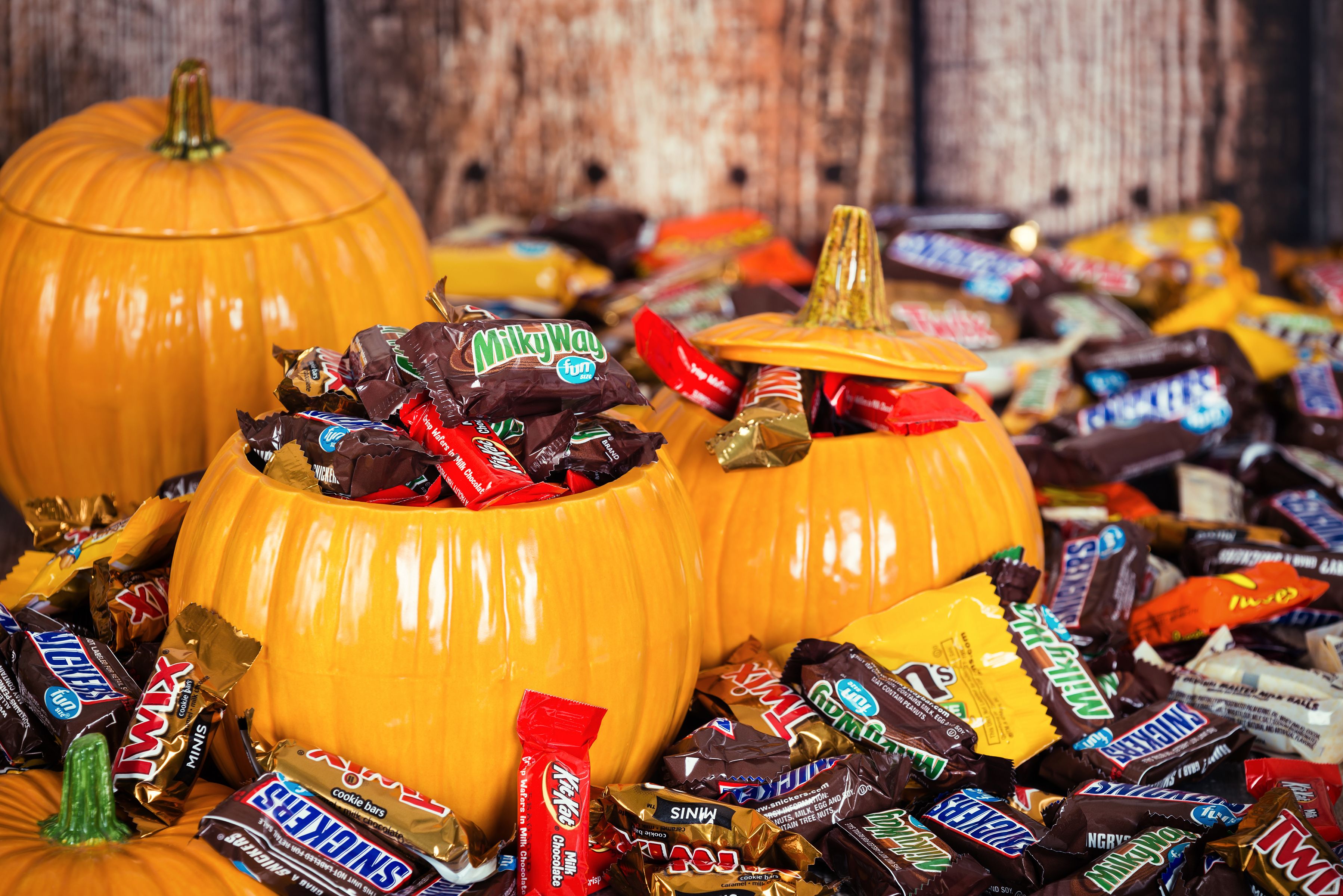
The spookiest part of Halloween isn’t the costumes, decorations, or scary movies—it’s the candy.
Sure, you may not be a trick-or-treater anymore, but I’m sure you still eat candy on Halloween, or maybe even throughout the month of October. Whether you buy it yourself, have it at a class party, or pick it up from little bowls that some places leave out, it’s all the same. The scariest part is you might not even realize how much candy—basically pure added sugar—you eat. You may say to yourself, “It’s okay, it’s Halloween.” But do you know how much added sugar you should be eating?
Candy, as we all know, contains a large amount of added sugar, more than our bodies are meant to intake. According to the American Heart Association (AHA), women should have no more than 6 teaspoons, or 25 grams, of added sugar per day and men no more than 9 teaspoons, or 38 grams, of added sugar per day. To put this into perspective, one Hershey’s bar has 21 grams of added sugar, one regular milk chocolate M&M’s bag has 29 grams of added sugar, and 2 fun-size bags (one serving) of Sour Patch Kids has 19 grams of sugar.
Eating an excessive amount of added sugar can lead to weight gain and even an increased risk of heart disease. Although that won’t happen to you after one night of eating candy, it’s still something to think about.
So even though the on-sale candy bags may be tempting now that Halloween is over, it may be best to stay away.
